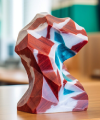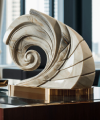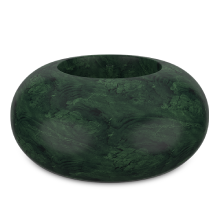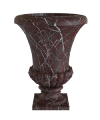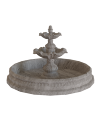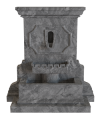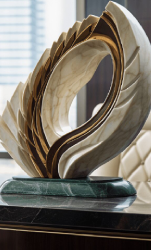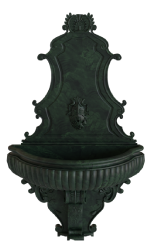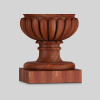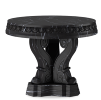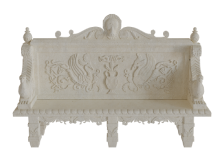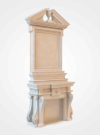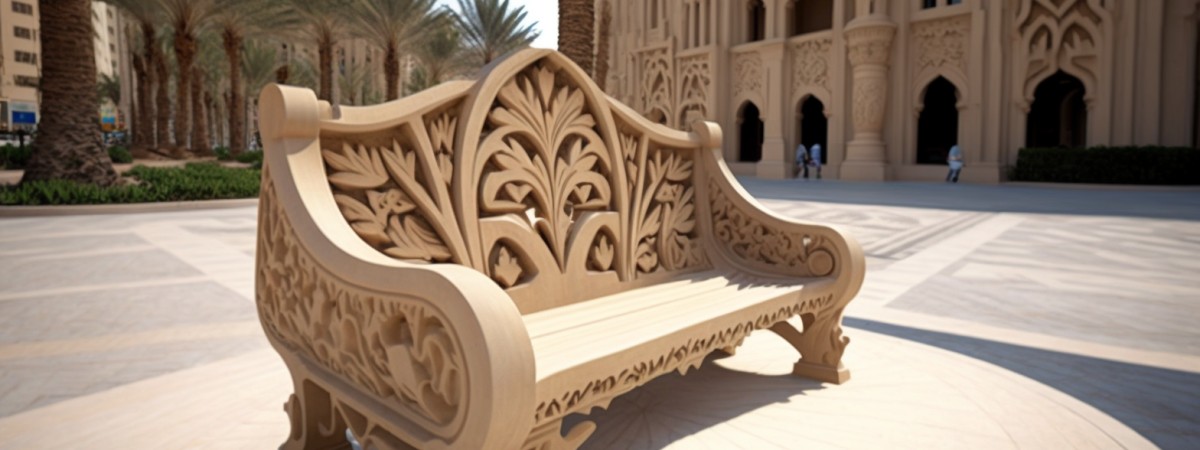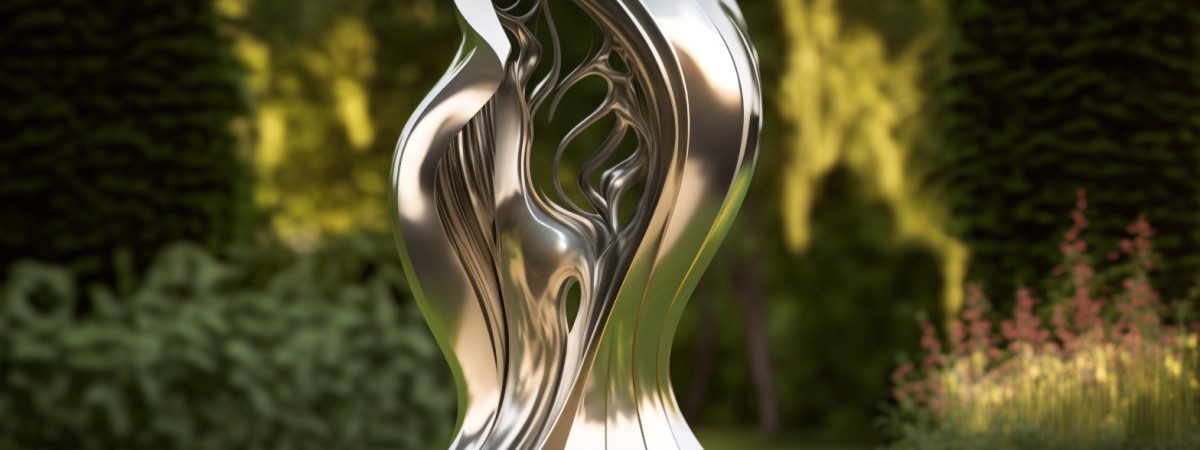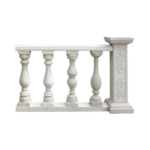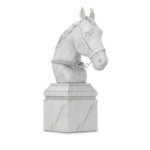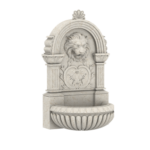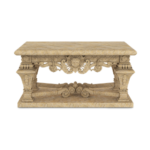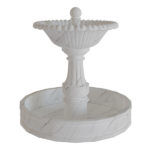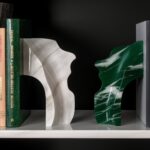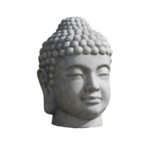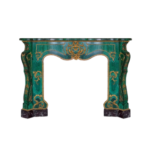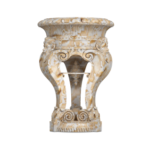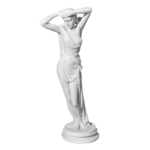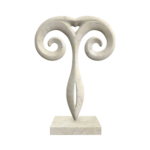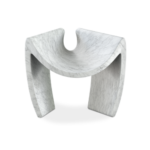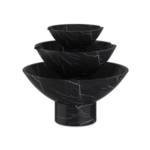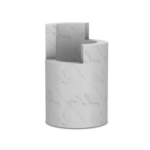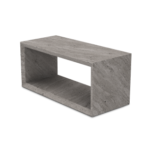April 19, 2021 Author: Admin
Jeff Koons And The Emergence Of Neo-Pop Art
What’s the first concept that pops in your head when you hear the word “Art”?
Luxurious artworks during the Renaissance? Perhaps you’re thinking of Vincent Van Gogh’s most famous painting, “The Starry Night.”
Do we really know what art is then? We all adore it for sure!
In many ways, our idea of art is usually associated with great masterpieces created long before. However, there’s no doubt the craft is constantly shaping itself with a fast-paced world like ours.
Yes, it’s catching up!
“The art of today”, or popularly known as Contemporary Art, includes artworks produced during the late 20th and early 21st centuries. Contemporary means “living or occurring at the same time.”
Contemporary Art grew along with Modernism and now comes through all mediums and sizes.
Various revolutionary art movements, to name a few; Baroque, Realism, Impressionism, and Surrealism have shaped the idea of Contemporary Art. One such movement called “Pop Art” played a considerable role in the onset of modern art.

What is Pop Art?
Initially surfacing in America and Britain, this post-war style of art included representations of everyday objects in an abstract manner. Pop-Art was often used satirically to portray banal concepts of common goods found in advertisements and comic books.
Artists included widespread objects such as comic strips, newspapers, soup cans and other products into their work. It aimed to simply remove the idea that art creation had to be derived from a highly influential source. The bold representation, bright colour palette, and approach inspired via mass production define its genre and uniqueness.
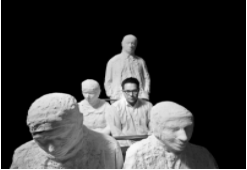
Initially, Pop-Art wasn’t taken seriously as it originated from a society that was largely dependent on mass media. This was mainly because of the notion that art had to be challenging to perceive. However, it lasted through the early 1970s and was reborn as Neo Pop-Art because of artists like Jeff Koons.
Jeff Koons, the famous American artist, was a pioneer in producing aesthetics that catered to the pervasive consumer culture. Interestingly, his artworks glorified objects like vacuum cleaners which invited viewers to rethink them as gender and class. “I try to create work that doesn’t make viewers feel they’re being spoken down to, so they feel open participation,” he explained.

Koons initially made a living as a commodities stockbroker on Wall Street and rose to fame with the Made in Heaven series and Puppy. He is best known for creating oversized sculptures, souvenirs, toys and ornaments that are supposedly dismissed as cheesy or tacky. His art style stood out from the rest, which started a whole new spectrum of consuming art.
In his early years, he worked in series. His first-ever series, Inflatables, consisted of inflatable flowers and a rabbit of different heights and colours positioned with mirrors.
Koons shortly created six creative works within a decade: Pre-New, The New, Equilibrium, Luxury & Degradation, and Statuary.
He stated that his artistic intention was to “communicate with the masses,” so his artwork portrayed the ancient and everyday life’s conceptual constructs that induced dialogue with the viewer.
One of his most famous artworks from the Statuary series is Rabbit, in which a ready-made inflammable rabbit was cast with highly polished stainless steel. Rabbit is today owned by the Museum of Contemporary Art, Chicago. It shortly set the record for the most expensive piece sold by a living artist at a final sale price of $91,075,000.
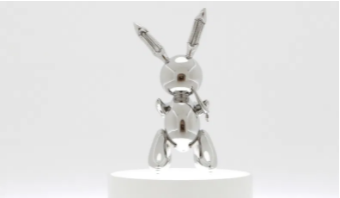
Around the ’90s, in the series Made in Heaven, Koons created a group of erotic paintings and sculptures of himself and his former wife, the Italian porn star Ilona Staller.
He was known to start the Appropriation Art Movement, in which he reproduced simple commercial objects and images with slight modifications. This led to multiple plagiarism lawsuits against him, questioning whether his art was transformative in nature.
By the 21st century, he was famous for fabricating objects from sources primarily consisting of inflatable pool toys and balloon animals. These objects were made of coloured stainless steel and were heavily polished.
Despite being called out for producing art from existing objects, they became some of the most iconic artworks and brought him high prices at different auctions. Interesting, isn’t it?

Another lot of his works, Puppy, was made of flowers (including Marigolds, Begonias, Impatiens, Petunias, and Lobelia. Astonishingly, these were self-cleaning flowers that were placed on transparent colour-coated chrome stainless steel. He wanted to make “an image that communicated warmth and love to people.”

Skowhegan Medal for Sculpture, Designation as an Officer of the French Legion of Honour, and the U.S. State Department Medal of Arts are among his many honours.
“When I view the world, I don’t think of my own work. I think of my hope that, through art, people can get a sense of the type of invisible fabric that holds us all together, that holds the world together,” says Koons.
Like Jeff Koons, we are celebrating many artists this World Art Day. Artists like him have contributed to transforming the state of art into something influential yet debatable. But we all enjoy a little controversy, don’t we?
Neo Pop-Art’s mission was to take inspiration from everyday life and convert it into “high art.” That it was possible to derive something artistic from one’s routine, it also gave way to bringing in ancient luxurious objects into the modern

